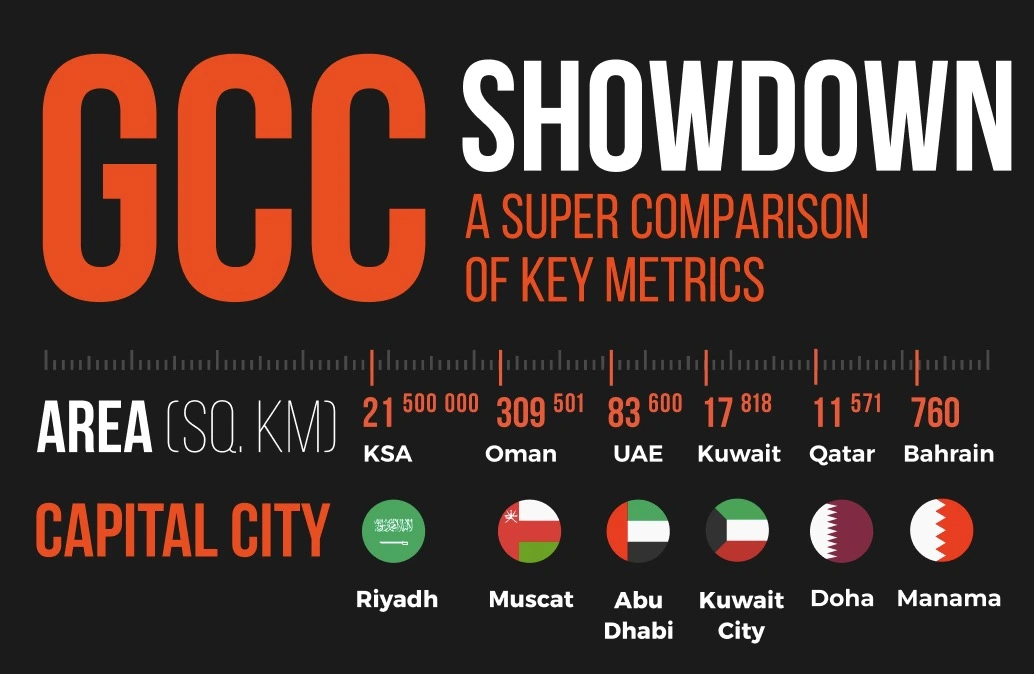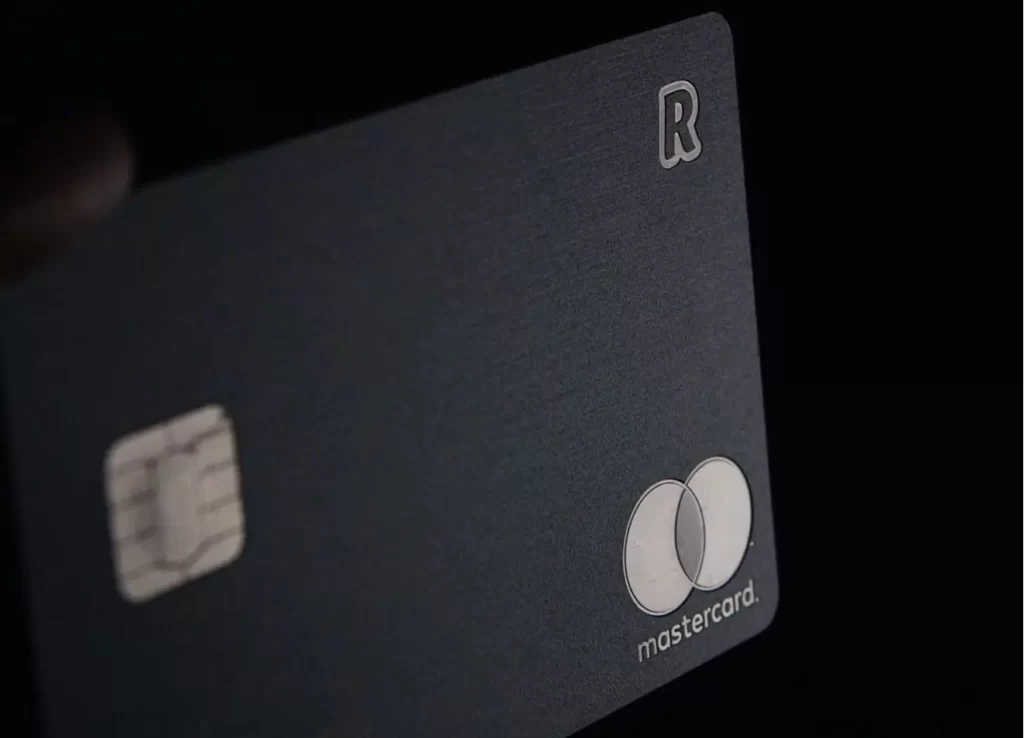In modern web design, creating a visually appealing and user-friendly experience is essential. One of the most overlooked yet powerful design principles is negative space in web design. Also known as white space, this design element plays a crucial role in improving readability, guiding user attention, and ensuring a clean and organized layout.
Many designers and businesses assume that white space is always a bad thing in layout design, but this is a misconception. Instead of cluttering a website with excessive text and elements, negative space website layouts strategically use empty spaces to enhance the overall user experience. By following the negative space design principle, designers can create clean, sophisticated, and functional websites that keep visitors engaged.
In this article, we will explore negative space in UI design, its impact on usability, and how businesses can leverage this principle for better engagement. Whether you're a beginner learning about negative space definition or a professional aiming to optimize website layout, understanding how to define negative space is essential for creating modern, effective websites.
Contents
- 1 The Importance of Negative Space in UI/UX Design
- 2 Key Principles of Negative Space in Web Design
- 3 Choosing the Right Amount of Negative Space
- 4 Common Mistakes to Avoid When Using Negative Space
- 5 6. FAQ: Negative Space in Web Design
- 5.1 1. What is negative space in web design?
- 5.2 2. Is white space always a bad thing in layout design?
- 5.3 3. How does negative space affect website usability?
- 5.4 4. How can I use negative space effectively in UI design?
- 5.5 5. Does negative space impact mobile web design?
- 5.6 6. Can negative space improve conversion rates?
The Importance of Negative Space in UI/UX Design
A well-structured website relies on proper spacing to maintain balance and clarity. Negative space in UI design plays a critical role in ensuring a smooth user experience, making web pages easier to navigate and interact with. When used effectively, negative space enhances readability, improves usability, and creates a sense of elegance.
Enhancing Readability and Usability
One of the main benefits of website negative space is improved readability. Blocks of text that are too close together can overwhelm visitors, leading to poor engagement and high bounce rates. By incorporating sufficient negative space in web design, users can easily digest content, which results in a more enjoyable browsing experience.
Additionally, properly spaced elements in a negative space website reduce distractions, allowing users to focus on essential content, such as call-to-action buttons and key messages. This principle is widely used in branding and product pages, where minimalistic layouts emphasize crucial details without unnecessary clutter.
The Role of Negative Space in Visual Hierarchy
The negative space principle of design also plays a key role in establishing a visual hierarchy on web pages. By adjusting spacing between elements, designers can guide users’ attention to specific areas of a page. Whether it's a pricing section, contact form, or product image, strategically placed negative space in UI design helps direct focus to high-priority sections.
For example, luxury brands often use negative space website layouts to create a sense of sophistication. A clean, spacious design conveys professionalism and trustworthiness, making it easier for users to interact with the site without feeling overwhelmed.

Key Principles of Negative Space in Web Design
Understanding the negative space design principle is essential for creating modern, functional websites. This section explores the different aspects of negative space and how to use it effectively in web design.
Micro vs. Macro Negative Space
Negative space in web design can be divided into two types:
- Micro negative space: This refers to the small spaces between text lines, buttons, and images. Proper spacing improves legibility and ensures a polished look.
- Macro negative space: Larger empty areas around elements, such as margins and padding, define a website’s overall layout. This spacing technique prevents overcrowding and enhances user experience.
Balancing both micro and macro negative space is essential to achieving a well-structured, visually appealing negative space website.
How Website Negative Space Affects User Engagement
A website’s layout significantly impacts visitor behavior. Studies show that websites with well-implemented negative space in UI design have higher engagement rates compared to cluttered sites. When elements are thoughtfully arranged with ample space, users can quickly locate what they need, resulting in a seamless browsing experience.
Furthermore, properly using website negative space improves accessibility, making it easier for users with visual impairments or cognitive challenges to navigate content. This is why many leading companies prioritize negative space web design when optimizing their platforms for usability.
By mastering the negative space principle of design, businesses can ensure a visually balanced website that encourages engagement and improves conversions.
How to Effectively Use Negative Space in Web Design
Using negative space in web design is not about simply leaving blank areas on a webpage—it’s about intentionally crafting a layout that enhances user experience and engagement. By implementing the negative space principle of design, businesses can create intuitive, visually appealing websites that encourage visitors to stay longer and take action.
Choosing the Right Amount of Negative Space
While website negative space is essential, too much empty space can make a site feel incomplete, while too little can create a cluttered experience. Finding the right balance is key. Consider these guidelines:
- Typography and text spacing: Ensure proper line height and paragraph spacing to enhance readability. A negative space website with well-structured text sections keeps users engaged.
- Whitespace around images and elements: Avoid cramming images and buttons together. Adding sufficient spacing between elements creates a sense of organization and professionalism.
- Content hierarchy: Use negative space in UI design to highlight important sections, such as call-to-action buttons, forms, and key product features.
A common challenge in web design is ensuring smooth navigation without overwhelming users. By strategically implementing negative space web design, businesses can guide users toward important sections of the website while maintaining a clean, user-friendly layout.
For example, many modern websites use spacious, uncluttered navigation bars and menus to create a seamless browsing experience. A well-structured negative space website prevents visual distractions and keeps visitors focused on key actions, such as exploring products, reading blog posts, or completing a purchase.
The Role of Negative Space in Mobile-Friendly Design
With the rise of mobile browsing, ensuring a responsive design is critical. Proper use of negative space in UI design improves touch usability by preventing accidental clicks and making buttons easier to interact with. Mobile users expect a clutter-free experience, so an effective negative space web design ensures optimal performance across different screen sizes.
Common Mistakes to Avoid When Using Negative Space
While negative space web design is an essential element in modern website layouts, incorrect implementation can lead to usability issues. Below are some common mistakes to avoid when applying the negative space principle of design.
1. Using Too Much or Too Little Negative Space
Striking the right balance is crucial. A negative space website with excessive empty space can feel incomplete, while a site with insufficient negative space may appear cluttered and difficult to navigate. Conduct usability tests to find the optimal spacing for different elements.
2. Ignoring Negative Space in Typography
Typography is a key aspect of negative space in web design. If text is too closely packed, it reduces readability and user engagement. Proper spacing between lines, words, and paragraphs improves comprehension and keeps readers on the page longer.
3. Overcrowding Key Elements
Cluttering important areas, such as navigation menus, buttons, and product listings, reduces user engagement. Using negative space in UI design helps direct user attention to crucial sections, improving conversion rates and usability.
4. Not Adapting Negative Space for Different Devices
A common mistake is failing to optimize website negative space for both desktop and mobile users. Since mobile screens are smaller, ensuring that buttons, text, and images are properly spaced is essential for an optimal browsing experience.
5. Conclusion: Mastering Negative Space for Better Web Design
Understanding and implementing negative space in web design is crucial for creating a clean, user-friendly, and visually engaging website. By carefully balancing content and spacing, businesses can enhance readability, improve navigation, and create a seamless user experience. Whether designing for desktops or mobile devices, the negative space principle of design ensures that users stay engaged and take the desired actions without distractions.
Incorporating negative space in UI design isn’t about leaving areas blank—it’s about using space effectively to create harmony and guide users intuitively through a website. By avoiding common mistakes like overcrowding elements or neglecting mobile optimization, designers can create a negative space website that boosts usability and enhances brand perception.
If you’re looking to improve your website’s design, start by evaluating your use of website negative space and optimizing layouts for better user engagement. A well-structured website with strategic spacing can lead to higher conversions, increased time on page, and an overall improved user experience.
6. FAQ: Negative Space in Web Design
1. What is negative space in web design?
Negative space, also known as whitespace, refers to the empty areas between elements on a webpage. It helps improve readability, highlight important content, and create a visually appealing layout.
2. Is white space always a bad thing in layout design?
No, the idea that "white space is always a bad thing in layout design" is a misconception. Proper use of negative space enhances user experience by improving readability, navigation, and overall aesthetics.
3. How does negative space affect website usability?
Negative space improves website usability by making content more scannable, reducing clutter, and helping users focus on key elements such as call-to-action buttons, headings, and important sections.
4. How can I use negative space effectively in UI design?
To use negative space in UI design effectively, focus on spacing between text, images, and clickable elements. Ensure proper line height in typography, avoid overcrowding, and maintain a clean navigation structure.
5. Does negative space impact mobile web design?
Yes, negative space is crucial for mobile design. A negative space website optimized for mobile ensures that users can easily navigate, read content, and interact with buttons without accidentally clicking unwanted elements.
6. Can negative space improve conversion rates?
Absolutely. A well-structured negative space web design directs user attention to important areas like CTAs, product pages, and sign-up forms, ultimately increasing engagement and conversion rates.

















